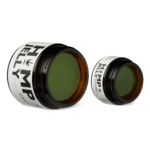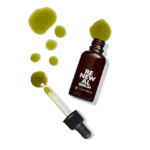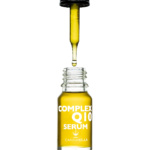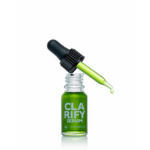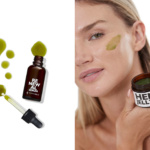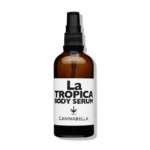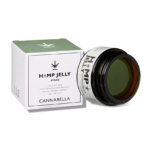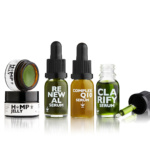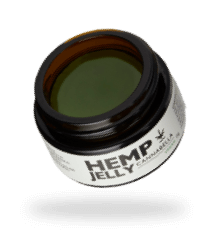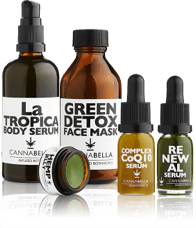Vitamin E has been around for awhile in skincare circles – and for good reason. For over 50 years, vitamin E has enjoyed a reputation as one of the best anti-aging and moisturising ingredients on the market, appearing in skincare products from moisturisers to serums and everything in between. We all know vitamin E is good for us, but few can explain exactly why it’s such a boon for the skin. Read on to find out how vitamin E works to replenish the skin and how to best use it.
What is Vitamin E?
Vitamin E is a fat-soluble antioxidant with eight different forms. Of these, tocopheryl acetate and tocopherol are the forms most commonly found in skincare products. Vitamin E naturally occurs in the body but is mainly ingested through diet. Applied directly to the skin this vitamin powerhouse can deliver several key benefits.
How Vitamin E Improves the Skin
Vitamin E’s moisturising, cell regeneration, antioxidant and protective properties are instrumental in maintaining skin smoothness and integrity. By directly strengthening and healing the skin barrier, vitamin E is highly effective in treating a range of skin disorders and for maintaining general skin health.
Repeat exposure to UV rays and pollutants triggers an oxidisation process which attacks the skin, resulting in premature wrinkles, pigmentation, uneven skin tone and dull skin. As an antioxidant, vitamin E repels free-radical damage which targets anything from DNA to skin proteins, connective tissues and cell membranes. It’s able to penetrate the deepest layers of the skin to encourage cell regeneration to reverse free-radical damage. When combined with vitamin C, vitamin E is even more effective at protecting your skin from sun damage.
Another unique trait of vitamin E is its ability to function as both a humectant which absorbs water into the skin and as an emollient which traps moisture in the skin. This dual function creates a doubly effective hydrating effect to preserve skin plumpness and elasticity. When applied topically it acts to repair cellular damage such as sun exposure, scars and burns. A truly versatile workhorse, vitamin E is also a natural anti-inflammatory which soothes and calms the skin.
How To Use Vitamin E Safely

Vitamin E as an ingredient is suited to most skin types but it’s advised that those with sensitive, oily or acne-prone skin take extra precautions to monitor their skin. In rare cases, topical vitamin E can be allergenic and cause irritation, itching or even a rash though this is only estimated to affect less than 1% of the population.
For everyone else, the huge benefits of vitamin E means it deserves to be on frequent rotation in your skincare routine. A feather-light serum like Cannabella’s Renewal Serum contains multiple sources of naturally occurring vitamin E such as camellia oil, watermelon seed oil and rosehip oil. Suitable for day and night use, serums are easily absorbed in the skin to keep the skin hydrated in summer and combat dryness and cracking in winter.
For bright, ageless and healthy skin, you can’t look past the tried-and-tested benefits of vitamin E.


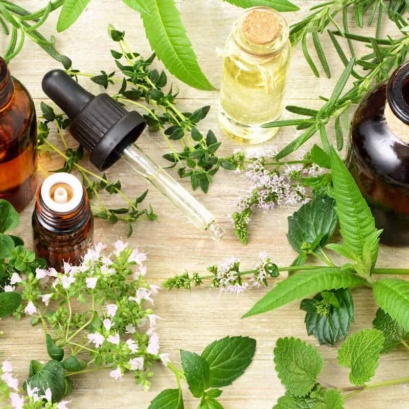
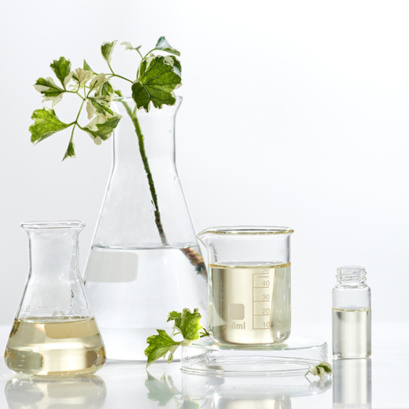



 We use cookies to deliver the best possible experience on our website.
We use cookies to deliver the best possible experience on our website. 